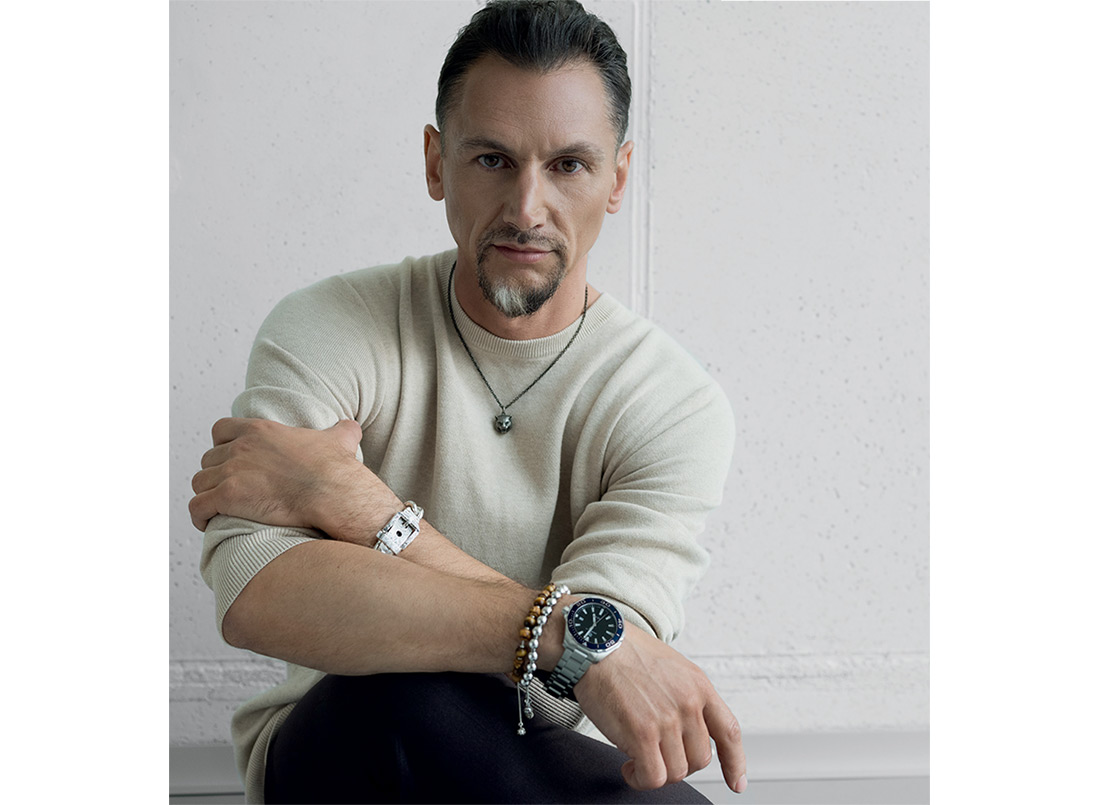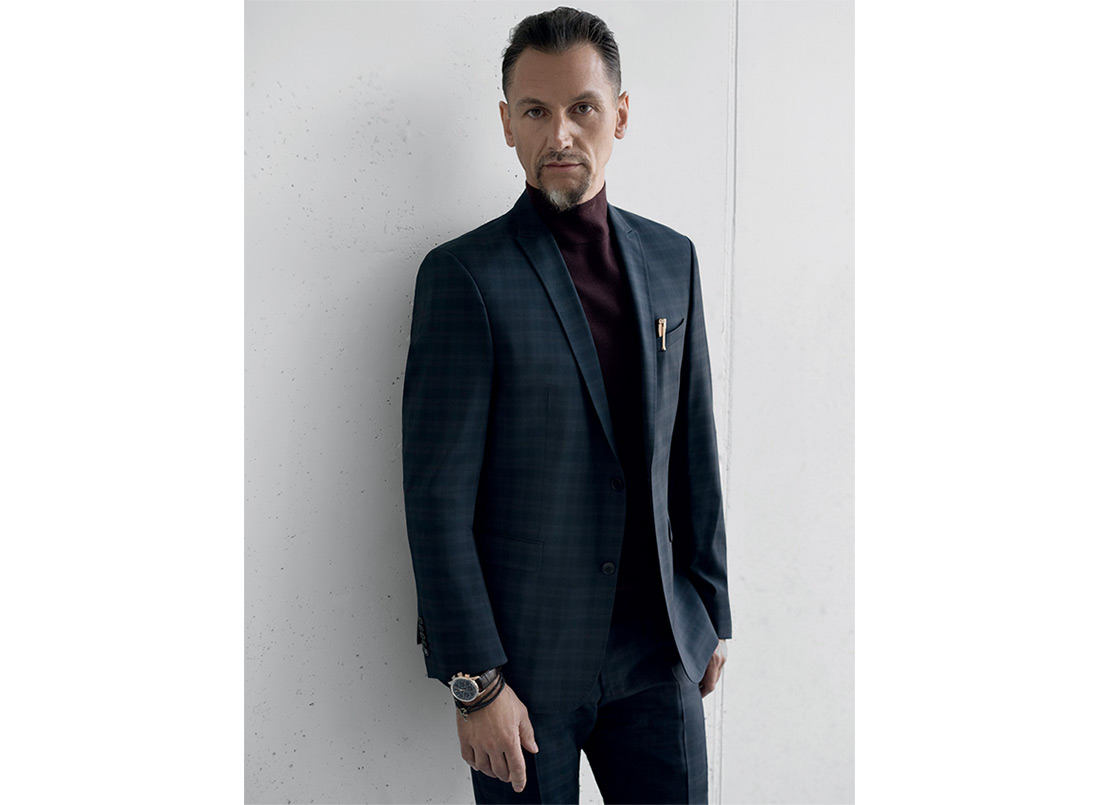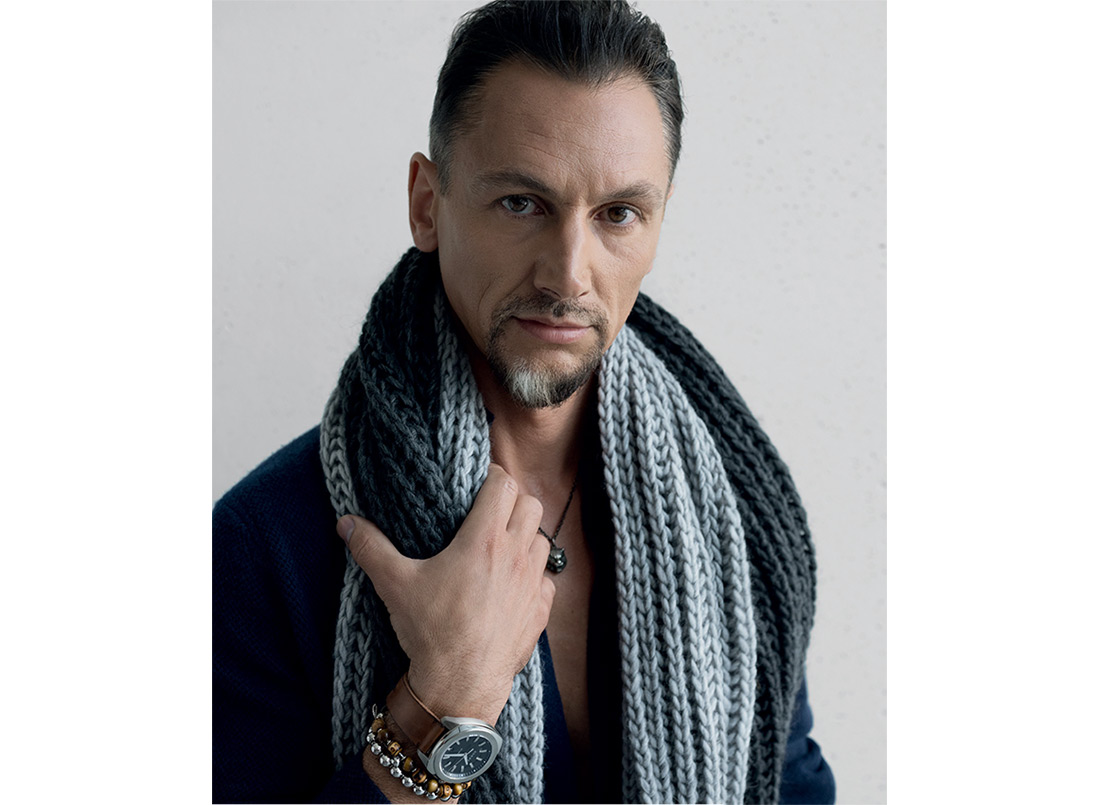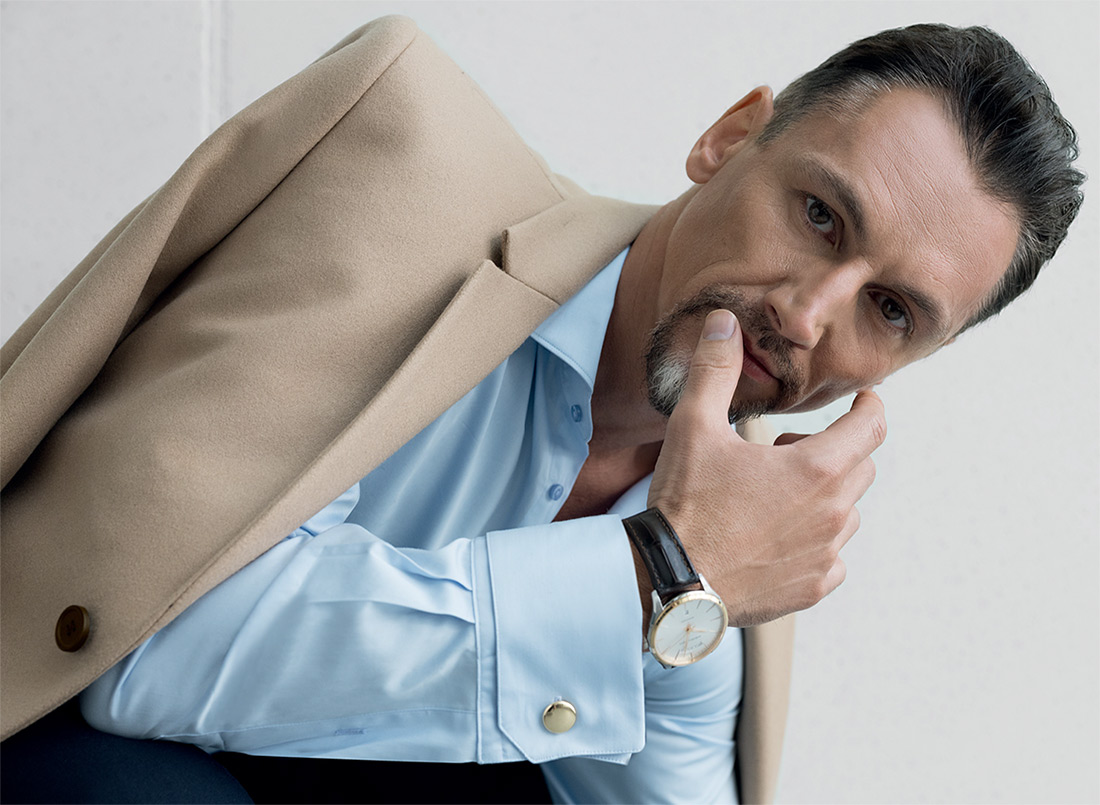A new look
The new Grands Ballets Canadiens season already looks promising, with its new location in the Wilder Espace Danse building, and with the arrival of a new artistic director: Ivan Cavallari. Originally from Italy, this former star Stuttgart ballet dancer, trained at the Scala de Milan and Moscow Bolchoï Ballet schools, lands in Montreal in the hopes of sharing his passion for ballet.
Looking at your journey, you’ve studied in Moscow, worked in Stuttgart, as well as in Perth for the West Australian, and recently, in Mulhouse for the Rhin National Ballet. You seem to have never been scared of trying out new things or working in new places?
I’ve always been very brave! I’ve never stepped down due to fear, that’s a blessing I have. For me, it was important to understand situations in order to better deal with them later. What worries me is deviating towards the unknown. I have never regretted leaving a city or a job, because I always followed my instincts — it was as if there was a little bell inside of me, telling me it was time to move onto a new chapter. I was always lucky to have such conscience. For example, in 2000, when I decided to pursue something other than dancing. I went to see my director and told him that I would stop dancing at the end of the year. It was a clear decision.
What made you want to quit the Rhin National Ballet for the Grands Ballets Canadiens?
To be really honest, I felt a certain frustration at the National Ballet, and I always felt like I had to fight for my ideas and for the dancers. The German choreographer, Stephan Thoss, one day came and told me that the Grands Ballets was looking for a new director. The following hour, my former Perth Ballet director sent me an email asking me if I wanted to get involved with the Grands Ballets board. I had one answer: Yes! Yes! Yes! The next day, the board had contacted me…
What was your initial idea for this first season with the Grands Ballets Canadiens?
One thing was certain, and it was that I wanted something creative in order to be able to develop a dialogue with the dancers, because in the process, there is always something interesting happening. I like to tell stories, which is why I asked to end De Annabelle Lopez Ochoa with Vendetta, Storie di Mafia, because it was another way to use the human body. I’ve also met wonderful directors and dancers in my life, thus why I asked Bridget Breiner, who revisited L’Oiseau de Feu, and Étienne Béchard, who offered his vision for the Sacre du Printemps. To begin the season, I wanted something in line with Beethoven’s 7th symphony, choreographed by Uwe Scholz, which made his way into the repertoire of the Grands Ballets. It’s a ballet that works the body and the musicality. It’s a classic technique, but at the same time, it’s pleasant for the public, because we can still hear the music through the brilliant choreography. The Stabat Mater with Pergolèse’s music is also a piece by a choreographer that I admire, Edward Clug, and I wanted to begin with an existing piece in order for him to get to know the dancers. Then, he’ll return as a creator.
Where did your passion for dance come from?
I wouldn’t even say that it was a choice, because it was innate, and I can’t even explain why. But I do remember telling my parents that I wanted to become a dancer, yet I had never seen ballet before. My mom recalls that one day, when I was watching TV, Noureev and Carla Fracci dancing the Giselle ballet came on the screen. I watched it entirely, and I was very young — I had to be around 6 years old. My dad asked my mom “what’s he gonna become?” because it was unusual for a child to be focused on a romantic ballet for so long. Then, in the hallways of the house, I would leave the lights open and I would perform grand jetés to cross the beams of light. That’s when my passion was born.
What is your dream with this company?
My dream is to unite the company to the city. To help it develop a sense of belonging. To make people understand that this company is theirs. If I achieve that, I think I could achieve anything.




